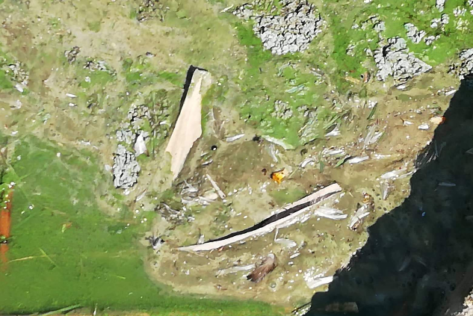
Algal bloom causes several damages for lakes all around the word. The goal of this project was to develop an efficient way to follow the toxin production during algal blooming at an early stage.
The goal of the study was to create a biosensor which can detect the starting point of microcystin toxin production of blue-green algae namely the toxic Microcystis sp. population.
Microcystin is synthesized non-ribosomally by 10 genes. Four BioBricks were designed with the promoter of the genes, however instead of the genes green fluorescent protein (GFP) was used to predict the transcription of the genes responsible for microcystin synthesis. The students measured the fluorescence density emitted by the GFP when the toxin production had started.
Algal blooming is a global issue which affects both natural and artificial lakes. In Hungary, lakes and particularly Lake Balaton are essential for tourism as they create huge incomes for the country. The lakes also mean irreplaceable value for us, because of their wildlife and the drinking water.

